Every journey begins with a single step, but on the road, that step starts with your tires. Proper tire pressure isn’t just a mundane detail—it’s the invisible force that keeps your vehicle balanced, efficient, and safe. Yet, many drivers overlook this simple yet crucial task, risking uneven wear, reduced fuel economy, and compromised control. In this article, we’ll guide you through how to check tire pressure properly, demystifying the process and empowering you to keep your wheels rolling smoothly with confidence. Whether you’re a seasoned driver or a curious newcomer, understanding this small but vital maintenance step can make all the difference in your daily drive.
Table of Contents
- Understanding the Importance of Correct Tire Pressure
- Choosing the Right Pressure Gauge for Accurate Readings
- Step by Step Guide to Measuring Tire Pressure Safely
- Ideal Tire Pressure Levels for Different Vehicles and Conditions
- Common Mistakes to Avoid When Checking Tire Pressure
- Maintaining Optimal Tire Pressure for Better Performance and Safety
- Q&A
- In Retrospect
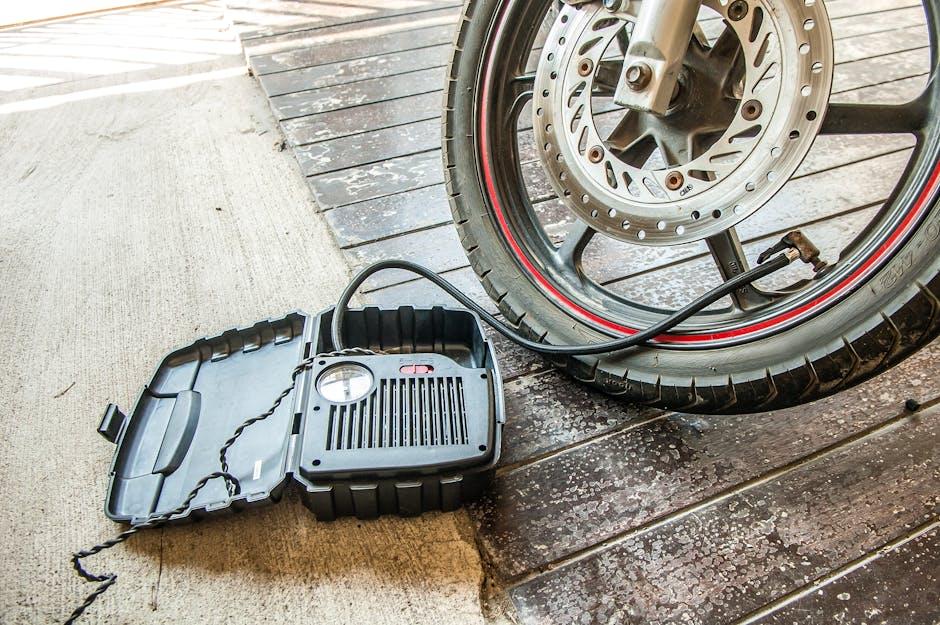
Understanding the Importance of Correct Tire Pressure
Maintaining the correct tire pressure is essential for your vehicle’s overall performance and safety. Under-inflated tires can lead to increased rolling resistance, causing your engine to work harder and ultimately reducing fuel efficiency. On the other hand, over-inflated tires can decrease the contact area with the road, resulting in uneven tire wear and compromised traction. Proper tire pressure not only extends tire life but also provides better handling and braking stability, especially in adverse weather conditions.
Key benefits of maintaining the right tire pressure include:
- Enhanced fuel economy by optimizing tire efficiency
- Improved vehicle stability and steering control
- Reduced risk of tire blowouts and accidents
- Extended tire lifespan, saving money over time
| Pressure Condition | Effect on Performance | Recommended Action |
|---|---|---|
| Under-inflated | Increased wear on edges, poor fuel economy | Inflate to manufacturer’s specification |
| Over-inflated | Excessive wear in center, harsh ride | Release air to optimal level |
| Optimal pressure | Balanced wear, smooth performance | Maintain regularly |
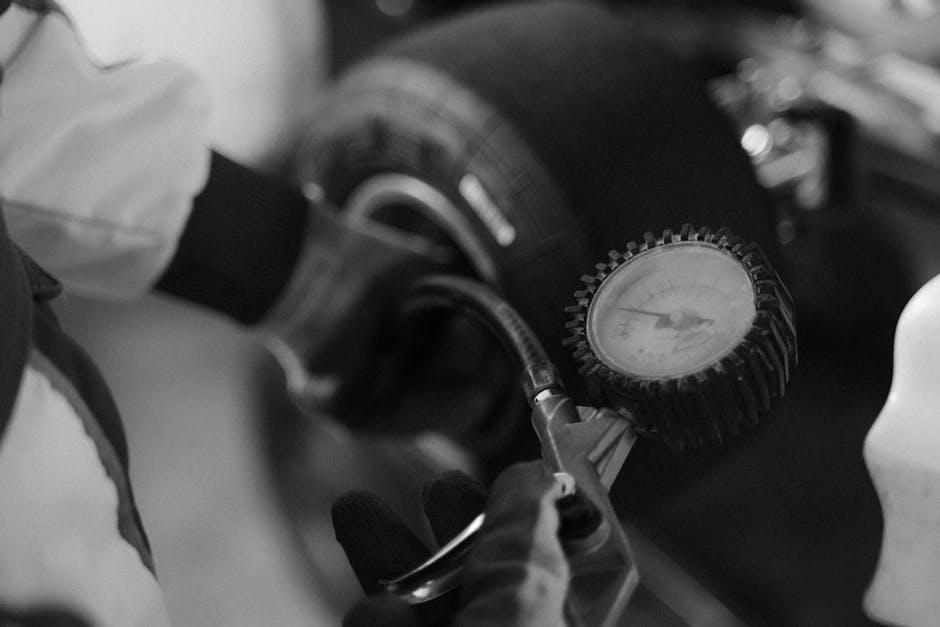
Choosing the Right Pressure Gauge for Accurate Readings
When it comes to obtaining precise tire pressure readings, selecting a quality pressure gauge is paramount. Not all gauges are created equal; choosing one with a reliable mechanical or digital sensor ensures that you receive consistent and accurate data. Mechanical gauges are favored for their rugged durability and independence from batteries, while digital models offer user-friendly features such as backlit displays and automatic shutoff. Keep in mind that the gauge’s pressure range should align closely with your vehicle’s recommended tire pressure to avoid inaccuracies caused by gauge overload.
Consider these key features when making your choice:
- Accuracy: Look for gauges with a ±1psi error margin for dependable readings.
- Ease of Use: Ergonomic designs and clear displays help reduce user error.
- Durability: Opt for water-resistant and impact-resistant models for longevity.
| Gauge Type | Pros | Cons |
|---|---|---|
| Mechanical | Durable, battery-free | May be harder to read |
| Digital | Easy to read, backlit | Requires batteries |
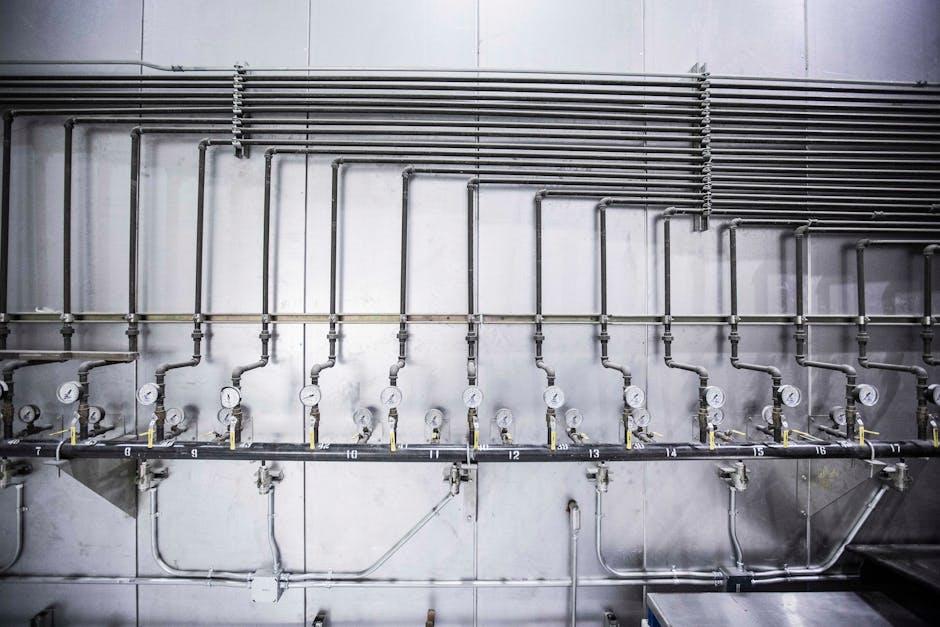
Step by Step Guide to Measuring Tire Pressure Safely
Before you begin, ensure your vehicle is parked on a flat surface and the tires are cool. Measuring tire pressure right after driving can give inaccurate readings due to heat expansion. Keep a reliable tire pressure gauge handy, preferably a digital or dial gauge for precision. Remove the valve cap carefully, then firmly press the gauge onto the valve stem to avoid air leakage. If the gauge shows a reading, make sure to compare it with your car manufacturer’s recommended pressure, usually found inside the driver’s door or in the owner’s manual.
Keep these key tips in mind during the process:
- Check all four tires as each may have different requirements.
- Include your spare tire, which often gets neglected.
- Adjust the pressure by releasing air or inflating tires as needed.
- Replace valve caps securely to prevent dirt and moisture intrusion.
| Tire Position | Recommended PSI |
|---|---|
| Front Left | 32 PSI |
| Front Right | 32 PSI |
| Rear Left | 30 PSI |
| Rear Right | 30 PSI |
| Spare | 60 PSI |
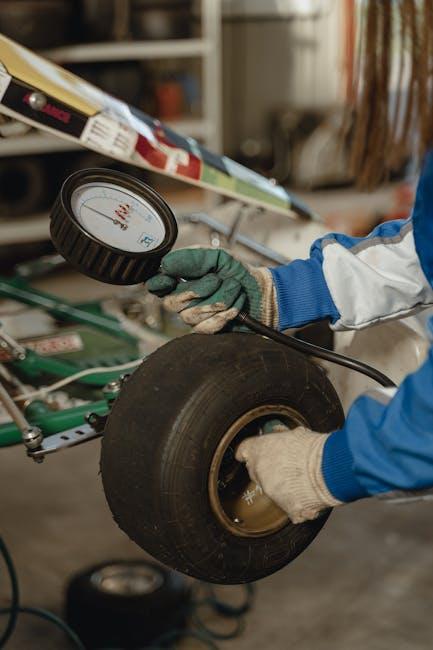
Ideal Tire Pressure Levels for Different Vehicles and Conditions
Maintaining the correct tire pressure is essential to ensure optimal performance and safety for your vehicle. Different vehicles demand varying pressure levels based on their weight, design, and typical usage. For instance, sedans and compact cars generally require tire pressures between 30 and 35 PSI, while SUVs and light trucks benefit from slightly higher pressures, around 35 to 40 PSI. The recommended levels can often be found on a placard inside the driver’s door or in the vehicle’s manual, but adjustments may be necessary depending on the driving conditions you encounter.
Driving environments also significantly impact ideal tire pressure. Off-road or rugged terrains might require a slight decrease in pressure to increase tire grip and improve shock absorption. Conversely, long highway trips under heavy loads often call for increased pressure to reduce rolling resistance and enhance fuel efficiency. Here’s a quick reference table for pressure adjustments based on typical conditions:
| Vehicle Type | Normal Driving (PSI) | Off-Road/Rugged Terrain (PSI) | Heavy Load/Highway (PSI) |
|---|---|---|---|
| Compact Car | 32 | 28 | 35 |
| Sedan | 34 | 30 | 38 |
| SUV/Light Truck | 36 | 32 | 40 |
- Remember: Excessive pressure can cause uneven tire wear and compromised ride comfort.
- Underinflation increases the risk of tire overheating and blowouts, especially on highways.

Common Mistakes to Avoid When Checking Tire Pressure
One of the biggest pitfalls drivers often fall into is checking tire pressure when the tires are hot. After driving, especially on long trips or in warm weather, the air inside the tires expands, giving a falsely high-pressure reading. For the most accurate measurement, always check tire pressure when the tires are cold—ideally before the car has been driven for at least three hours. Ignoring this simple step can lead to underinflated tires or the mistaken belief that your tires are properly inflated, both of which impact fuel efficiency and tire wear.
Another common mistake is relying solely on the pressure printed on the tire sidewall rather than the manufacturer’s recommended pressure. That number indicates the maximum pressure the tire can safely withstand, not the pressure optimal for your vehicle’s performance and safety. Make it a habit to consult your vehicle’s placard, usually found on the driver’s door jamb or in the owner’s manual, for the correct tire pressure values. Avoid mistakes like these by keeping a reliable gauge handy and checking your tires regularly, treating this simple routine as a vital part of your vehicle maintenance.
| Common Mistake | Why It Matters |
|---|---|
| Checking Hot Tires | Gives an inflated pressure reading, leading to underinflation if adjusted then |
| Using Sidewall Pressure | Pressure shown is max limit, not recommended operating pressure |
| Neglecting Regular Checks | Leads to uneven tire wear and potential safety risks |
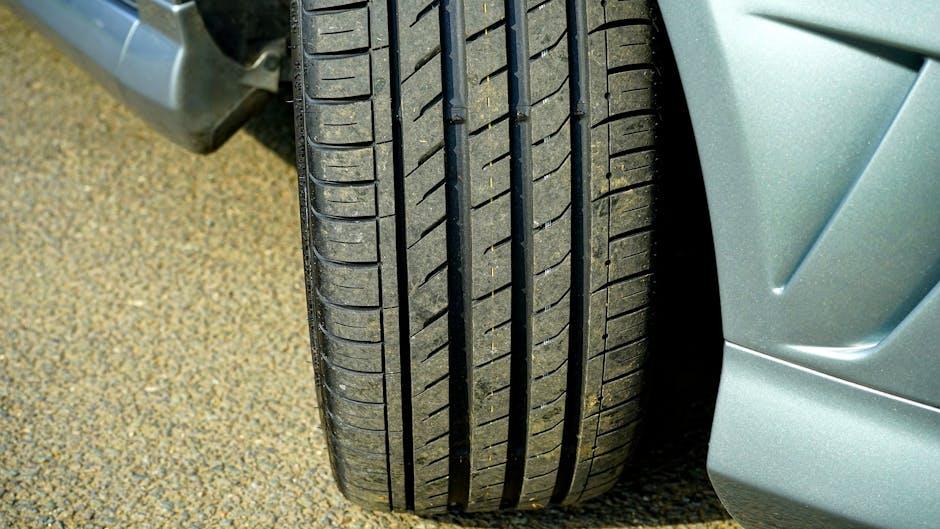
Maintaining Optimal Tire Pressure for Better Performance and Safety
Ensuring your tires have the correct pressure is a crucial step toward enhancing vehicle performance and ensuring safety on the road. Tires that are underinflated can lead to increased wear, reduced fuel efficiency, and compromised handling. On the other hand, overinflation may cause a harsher ride and uneven tread wear, which impacts braking distances and overall control. Regular checks allow you to detect slow leaks early and maintain the ideal pressure recommended by your vehicle manufacturer, usually found on the driver’s door jamb or owner’s manual.
To keep tire pressure in check, follow these essential steps:
- Use a reliable tire pressure gauge: Digital or dial gauges tend to be more accurate than stick-type gauges.
- Measure pressure when tires are cold: Tires heat up while driving, increasing pressure and giving inaccurate readings.
- Compare readings with recommended values: Adjust as necessary, adding or releasing air slowly to reach the optimal level.
- Don’t forget the spare tire: It also needs periodic checks to ensure it’s ready for emergencies.
| Tire Condition | Effect of Incorrect Pressure |
|---|---|
| Underinflated | Increased rolling resistance, higher fuel consumption |
| Overinflated | Reduced traction, uneven wear center tread |
| Properly Inflated | Optimal grip, even wear, improved safety |
Q&A
Q&A: How to Check Tire Pressure Properly
Q1: Why is checking tire pressure important?
A1: Proper tire pressure ensures optimal vehicle safety, better fuel efficiency, and prolonged tire lifespan. Under-inflated or over-inflated tires can lead to uneven wear, poor handling, and increased risk of blowouts.
Q2: How often should I check my tire pressure?
A2: It’s best to check tire pressure at least once a month and before long trips. Temperature changes can affect tire pressure, so regular checks help maintain the right level.
Q3: When is the best time to check tire pressure?
A3: Check your tires when they are “cold,” meaning the vehicle hasn’t been driven for at least three hours. Heat from driving temporarily raises tire pressure, giving inaccurate readings.
Q4: What equipment do I need?
A4: A reliable tire pressure gauge—digital, dial, or stick type—is essential. Some gas stations have gauges, but owning your own tool ensures accuracy and convenience.
Q5: How do I find the correct tire pressure for my car?
A5: Refer to your vehicle’s owner manual or the sticker usually found on the driver’s side door jamb. The recommended pressure is given in PSI (pounds per square inch).
Q6: What’s the proper method to check tire pressure?
A6:
- Remove the valve cap on the tire.
- Press the gauge firmly onto the valve stem.
- Read the pressure measurement from your gauge.
- Compare it to the recommended PSI.
- Inflate or deflate the tire as needed.
- Replace the valve cap after checking.
Q7: Can I trust the tire pressure gauge readings at any gas station?
A7: Not always. Public gauges can be poorly maintained or inaccurate. Having your own gauge helps ensure precision.
Q8: What should I do if my tires are under or over-inflated?
A8: Add air if under-inflated, using an air compressor or a gas station pump, and release air if over-inflated by pressing the small valve inside the stem. Aim for the vehicle manufacturer’s recommended pressure.
Q9: Does tire pressure change with seasons?
A9: Yes. Tires lose about 1 PSI for every 10°F drop in temperature. Regular checks during cold seasons help maintain proper inflation.
Q10: Is checking tire pressure different for special tires like run-flats or off-road tires?
A10: The procedure is the same, but always follow manufacturer guidelines for pressure levels, as they can vary widely.
Checking tire pressure might seem mundane, but it’s a key step in safe and efficient driving. With the right tools and habits, you can keep your tires—and your journey—on track.
In Retrospect
Maintaining the right tire pressure is more than just a routine task—it’s a small investment that drives safety, fuel efficiency, and tire longevity. By following the simple steps outlined above, you can confidently check your tires and ensure your journey is smooth and secure. Remember, a well-pressurized tire is the quiet hero of every road trip, quietly supporting you mile after mile. So next time you roll out, take a moment to give your tires a proper check—they’ll thank you with every turn of the wheel.

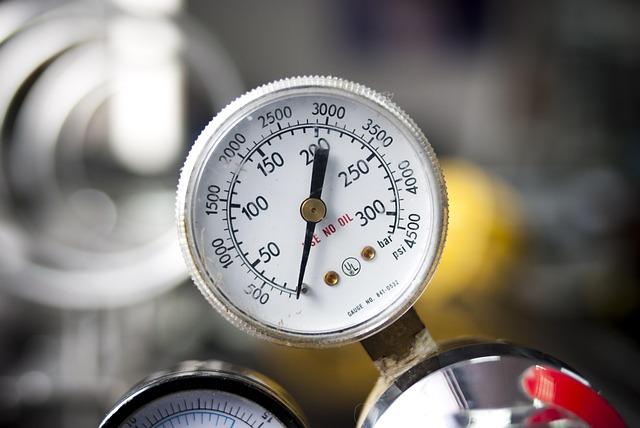
5 Comments
uuodrb
uuodrb
ko1hdt
uo8t78
jsc0s9